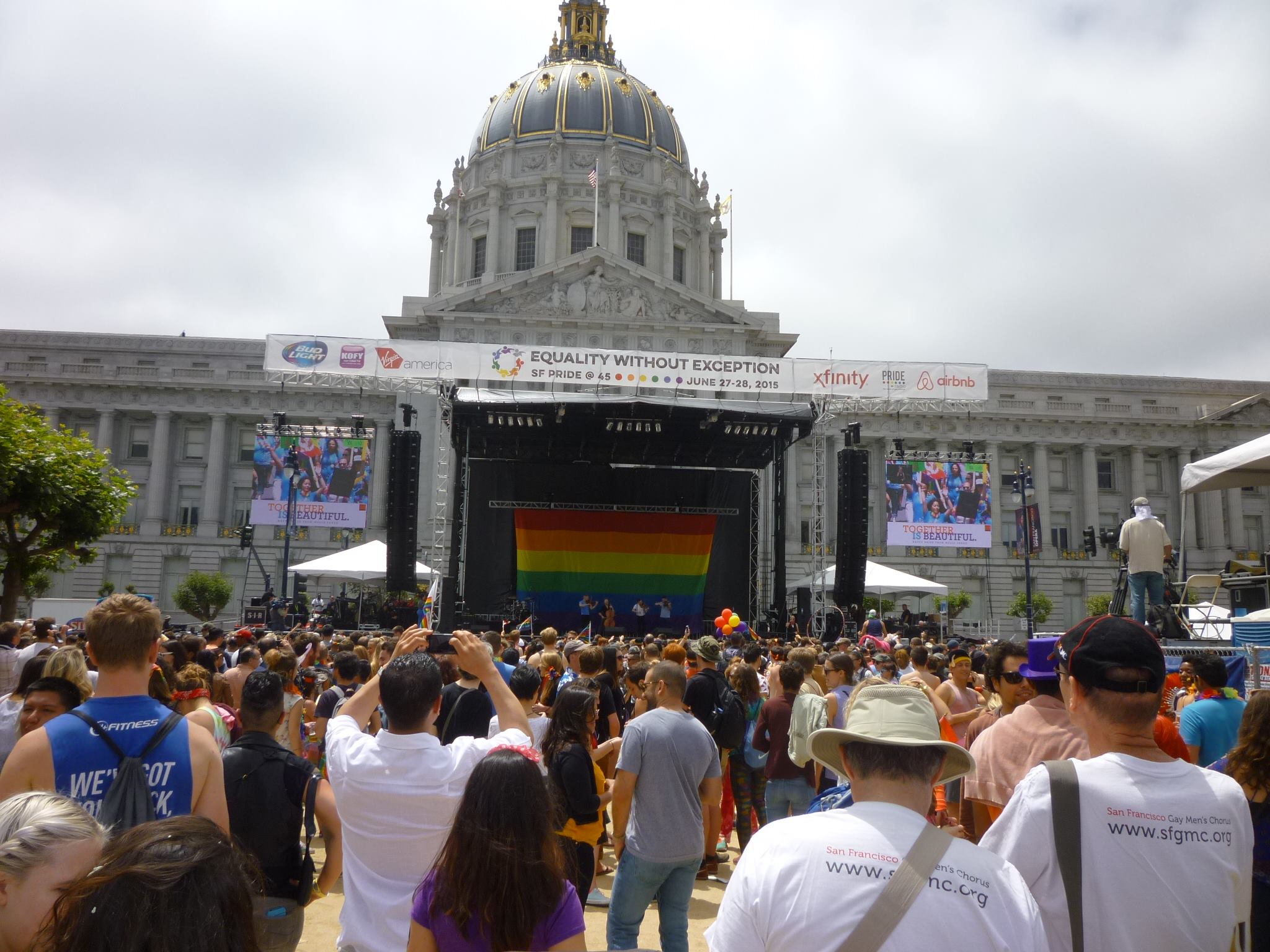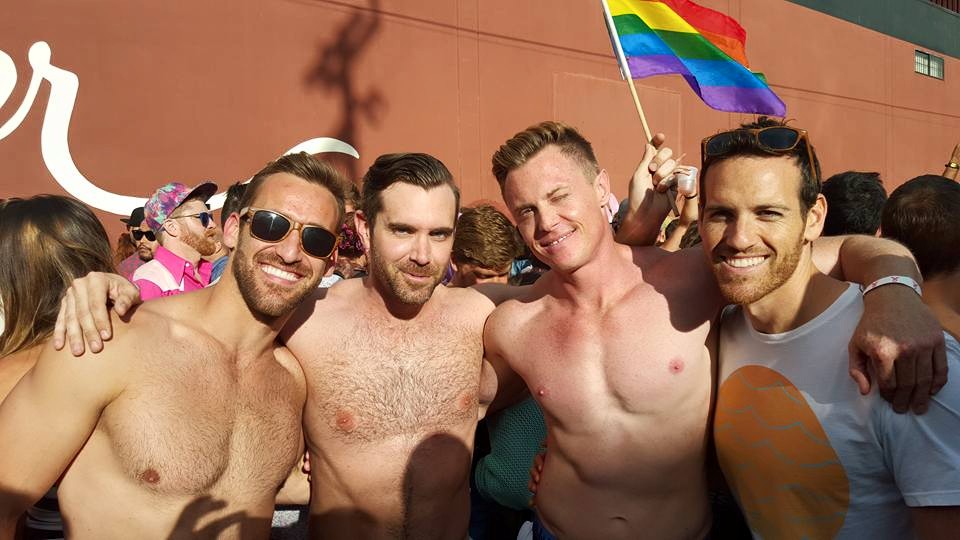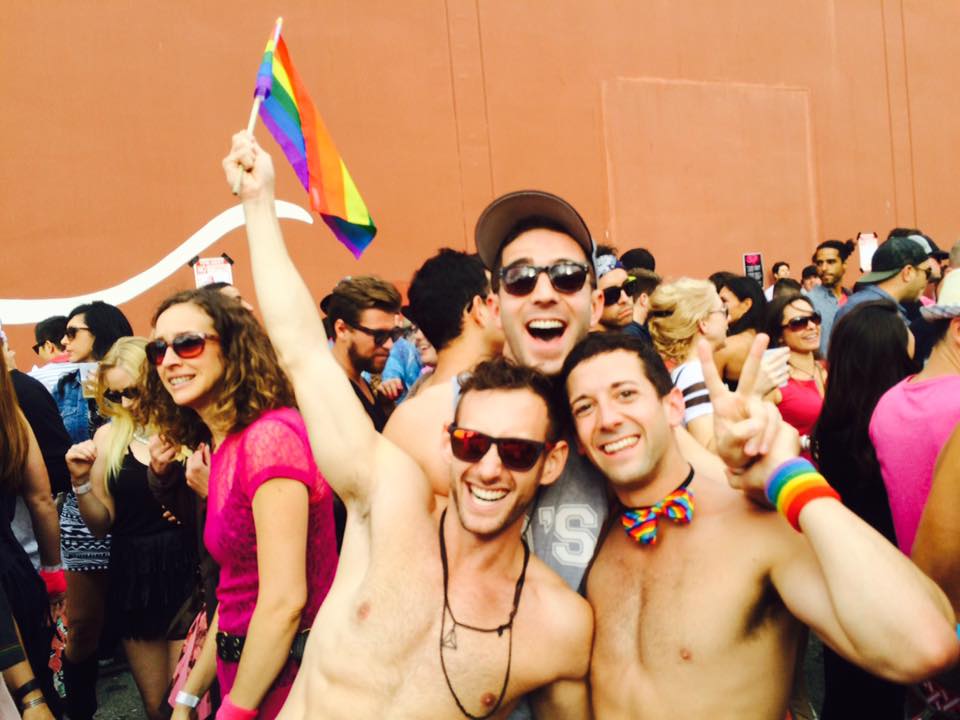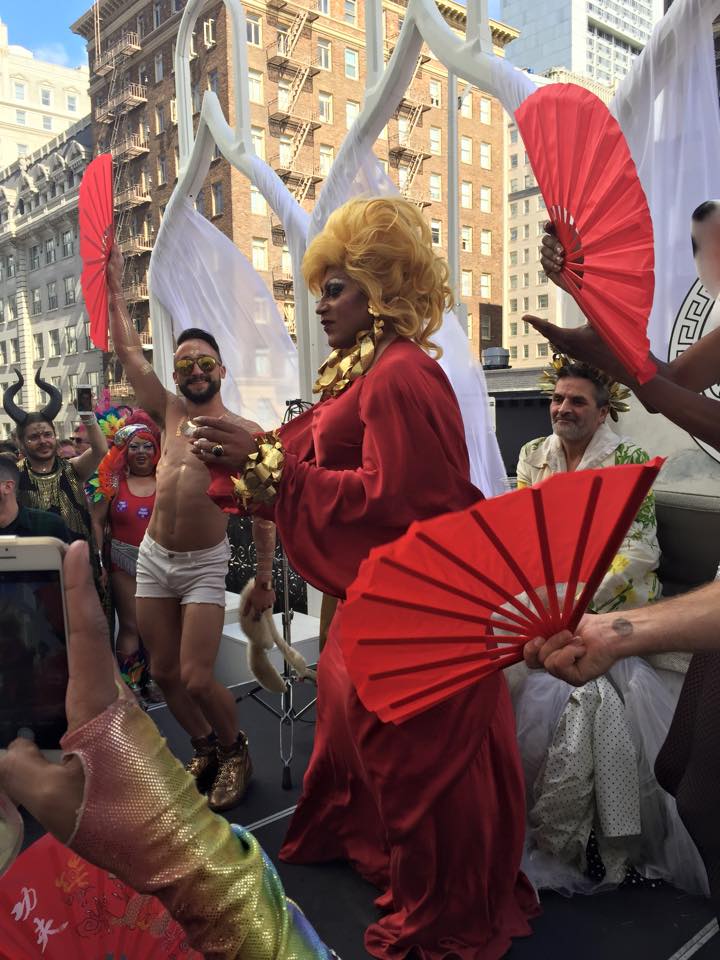It was a spontaneous eruption of jubilation that flowed out from homes into the streets, putting wide smiles on faces everywhere, when last week, on June 26th, the Supreme Court of the United States (SCOTUS) legalized same sex marriage. It added an unprecedented dimension of celebration on that special weekend. I remember getting goose bumps when I saw a post online. It was an emotional moment, after years of alternating between getting rights and getting stripped of them, that the LGBT community had finally won the right to marry in any state.
San Francisco, long hailed as the bastion of LGBT rights, had an extra reason to celebrate. In 2004, Gavin Newsom, then the Mayor of San Francisco, issued the first same sex marriage licenses in the history of the United States. 4000 couples married in February and March, and then the State Supreme Court issued a cease and desist order. After several challenges and appeals, the State Supreme Court ruled in May 2008 that denying same sex couples to marry was unconstitutional.
The opponents of the ruling put Proposition 8 on the ballot, which passed by a margin of 52% to 48%, fueled by the huge effort by the Mormon Church (from out of state) and the Catholic Church. Passing of Proposition 8 created a constitutional amendment to the State of California excluding same sex couples from the right to marry.
The case went to SCOTUS and in 2013, once and for all, the right for same sex couples to marry was reinstated in California.
Meanwhile many states in the US banned these marriages. What the ruling on June 26, 2015 did, was to override all bans. Period. Once and for all.
A little bit of trivia in case anyone wondered why June is Gay Pride month.
The international LGBT community celebrates June as Gay Pride month because of a fateful night, the night of June 28th in 1969. The New York police had been cracking down and shutting down establishments with gay patrons and harassed them, singling them out. Finally that night it reached a tipping point. The police shut down the Stonewall Bar and arrested drag queens and lesbians. They resisted and fought a good fight. The onlookers got involved and started throwing bottles at the police and before long that riot spread to other parts of New York City for several days.
The power unleashed by drag queens that night, resulted in more riots and then, organically, the Gay Liberation Front was formed closely followed by the creation of several civil rights organizations in many states.
Ironically contrary to the idea that the butch men (lumberjacks or football jocks) would resist humiliation by the police, it was the ridiculed, harassed in public, reviled and “feminine” gay men in women’s clothes who started a revolt that spread through the US, creating a month recognized internationally as one dedicated to LGBT rights. The drag queens fought long and hard, finding new courage in action.
Pride is a month of celebration as well as reflection for those who first fought and took the greatest risks, like Supervisor Harvey Milk for daring to be elected the first gay Supervisor, assassinated along with Mayor Moscone
The community lost many leaders due to the AIDS crisis in the 80s, 90s. Still the remaining fighters, many of them sick, persevered through the AIDS crisis that decimated the LGBT population in cities like San Francisco. This was a time when the White House did not even mention the word AIDS or its devastation in all sections of society.
Even after the SCOTUS ruling, there is still a long struggle at the state level. In many states one can get married in the morning and get fired from their job that afternoon for being gay and denied housing and medical attention from doctors, as well as have merchants refuse to serve them too. So the journey is not over yet.
The unbelievable victory we were handed by the New Delhi High Court in 2009, gave us the courage to come out, create social organizations and communities, meet openly in public places and feel like a first class citizen of a country that constitutionally upheld the rights of all to be free and non-criminalized. And we have had a roller coaster ride as Section 377, the draconian, archaic remnant of colonial law being overturned and reinstated and the buck being passed from the Judicial arm to the Parliament.
We can look at the struggle in the US, and know that it too was a roller coaster ride. What we can take away is that the single most important thing needed for our victory is to never give up. The SCOTUS ruling proves that even it might take a few years but as the latest public polls showed 58 % of Americans supporting the issue (from a much lower percentage), the social change could not be ignored and it was supported in the ruling.
And if we persevere as a community that refuses to give up, setting our differences aside, and working together, the day is not far off when the world’s largest democracy will give all Indians the right to be protected from discrimination and the privilege of living life freely and on their terms, with full constitutional protection. The change of guard of the powers that be is inevitable.
Love cannot be legislated. And it is too late to turn the clock back.
- The story of how the Right to Marry was won in the US - July 6, 2015
- One Year After Reinstatement of Sec. 377 - January 31, 2015






